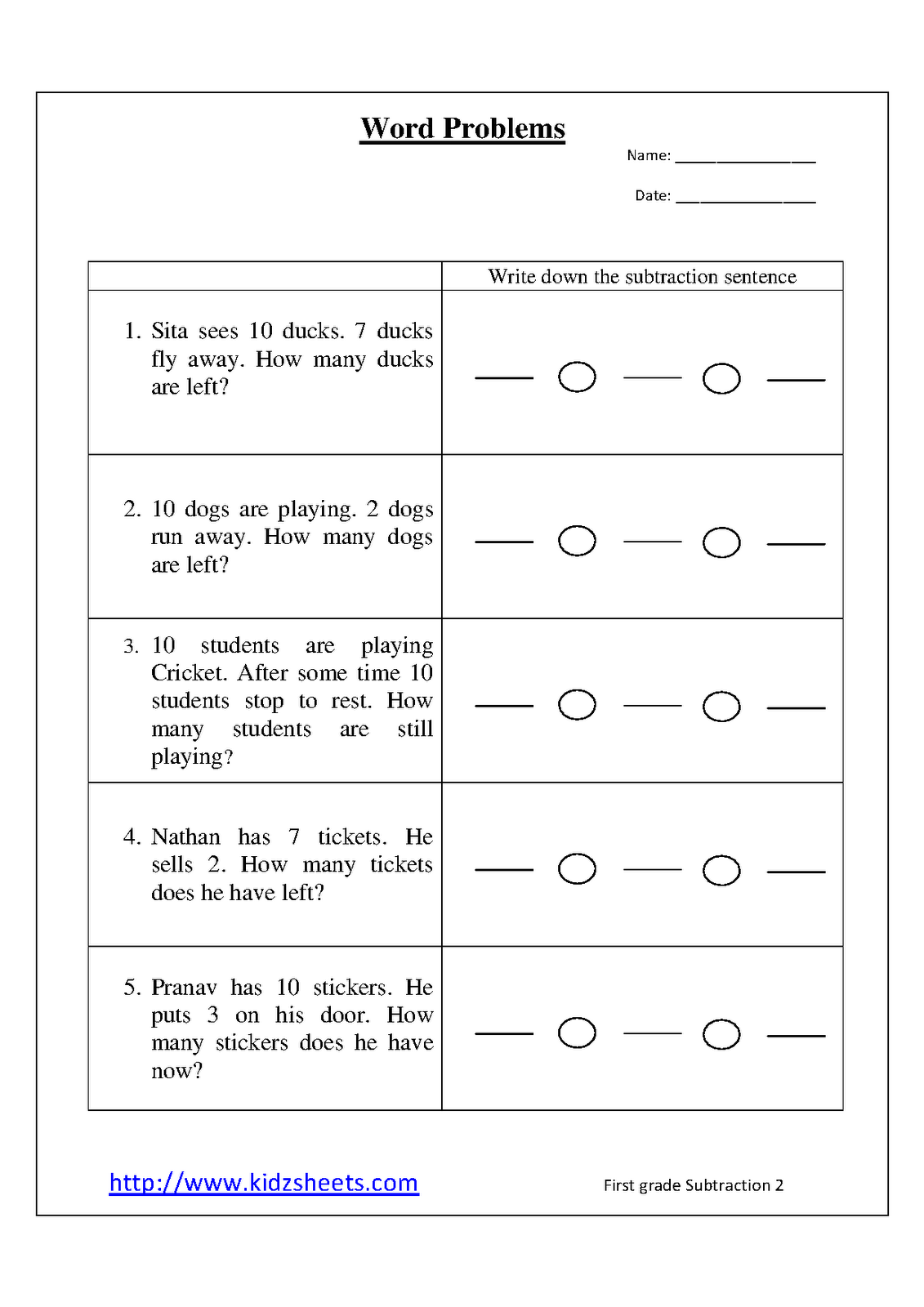Cracking the Code: Mastering Addition and Subtraction
From balancing your budget to measuring ingredients for a recipe, addition and subtraction form the bedrock of countless daily activities. We often perform these calculations without a second thought, but have you ever stopped to consider the intricate history and profound impact of these seemingly simple operations?
The ability to add and subtract represents a cornerstone of mathematical literacy. It's the gateway to more advanced concepts like multiplication, division, algebra, and calculus. Mastering these foundational skills empowers us to navigate a world increasingly reliant on numerical data and quantitative reasoning.
The history of addition and subtraction stretches back millennia, to the earliest civilizations that used tally marks and other simple systems to track quantities. The development of more sophisticated number systems and algorithms paved the way for the efficient methods we use today. Imagine a world without these tools – trade, construction, and scientific advancements would be drastically different.
One of the key challenges in learning addition and subtraction lies in understanding the underlying concepts, not just memorizing facts. It's about grasping the idea of combining quantities (addition) and taking quantities away (subtraction). This conceptual understanding is crucial for applying these operations to real-world scenarios and for tackling more complex mathematical problems down the line.
Another challenge arises when dealing with larger numbers or more complex problems involving multiple operations. Developing effective strategies for mental calculation and written computation is essential for overcoming these hurdles. Let's explore some techniques and examples that can help you sharpen your skills.
Addition, at its core, is the process of combining two or more numbers (addends) to find their total (sum). For example, 5 + 3 = 8. Subtraction, conversely, involves removing one number (subtrahend) from another (minuend) to find the difference. So, 8 - 3 = 5.
Benefits of mastering these operations are numerous. First, it enhances problem-solving skills by providing a framework for analyzing and manipulating numerical information. Second, it strengthens critical thinking by requiring you to identify the correct operation and apply it accurately. Third, it improves everyday life skills, enabling you to manage finances, measure accurately, and make informed decisions in a variety of situations.
An action plan for improving your skills might involve regular practice with flashcards, online games, or real-world scenarios. Start with simple problems and gradually increase the difficulty. Focus on understanding the concepts rather than just rote memorization.
Step-by-step guide for addition: 1. Identify the addends. 2. Combine them using the "+" symbol. 3. Calculate the sum. For subtraction: 1. Identify the minuend and subtrahend. 2. Use the "-" symbol to indicate subtraction. 3. Calculate the difference.
Advantages and Disadvantages of Mental Calculation vs. Using a Calculator
| Method | Advantages | Disadvantages |
|---|---|---|
| Mental Calculation | Improves mental agility, faster for simple problems | Prone to errors with large numbers or complex problems |
| Calculator | Accurate for large numbers and complex problems, saves time | Can hinder development of mental math skills, requires a device |
Best Practice 1: Practice regularly. 2: Focus on understanding. 3: Use real-world examples. 4: Break down complex problems. 5: Utilize various tools.
Real Example 1: Calculating grocery bills. 2: Measuring ingredients. 3: Budgeting expenses. 4: Determining distances. 5: Tracking scores in a game.
Challenge 1: Negative numbers. Solution: Use a number line. 2: Large numbers. Solution: Break them down. 3: Word problems. Solution: Identify keywords.
FAQ 1: What is the commutative property of addition? 2: How do I subtract with borrowing? 3: What are negative numbers? 4. How do I add fractions? 5. How to solve word problems? 6. How to improve speed? 7. What resources are available? 8. What are common mistakes to avoid?
Tips: Visualize numbers. Use your fingers. Practice with games.
In conclusion, mastering addition and subtraction is far more than just memorizing facts. It's about developing a fundamental understanding of how quantities interact and how to manipulate them effectively. From everyday tasks to advanced scientific endeavors, these operations play a vital role in shaping our world. By embracing the challenge, practicing consistently, and exploring the myriad resources available, you can unlock the power of these essential mathematical skills and lay the foundation for a lifetime of numerical fluency. Don't just crunch numbers; understand them. Embrace the challenge and empower yourself with the tools of numerical literacy. The ability to confidently add and subtract opens doors to further mathematical exploration and equips you to navigate a world brimming with data and quantitative reasoning.
Decoding the quinte sud radios horse racing predictions
Sunny disposition choosing the perfect benjamin moore pale yellow
Sweet dreams mastering the art of goodnight messages to your boyfriend














